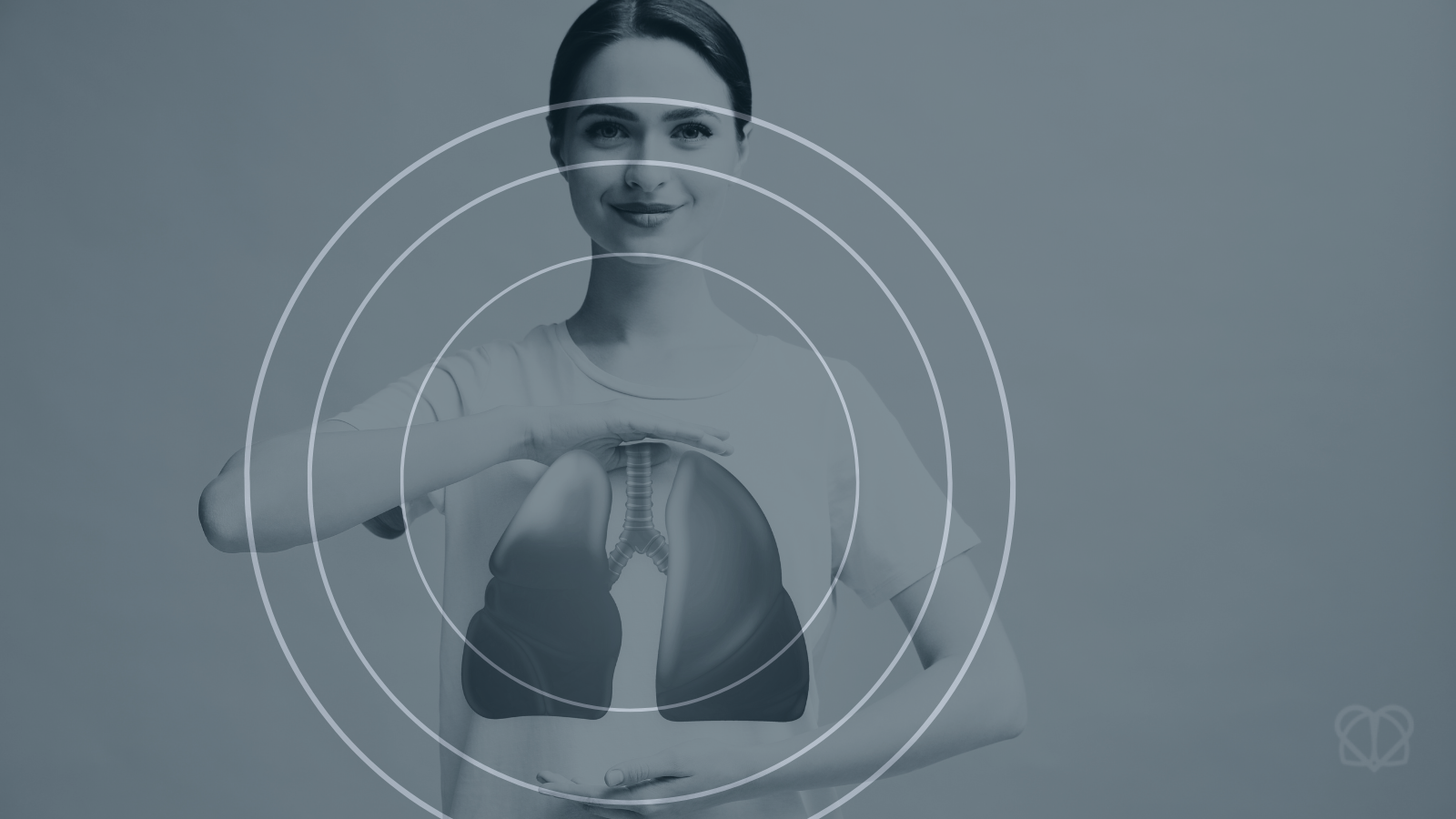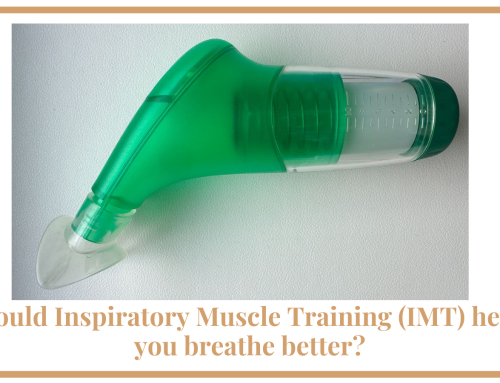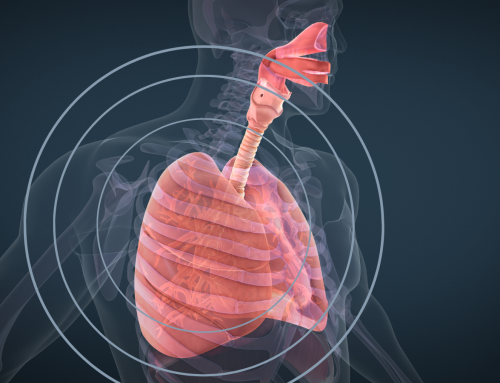Maintaining clear airways is essential for preserving optimal lung health, particularly in individuals with chronic respiratory conditions. In diseases such as bronchiectasis, cystic fibrosis, and chronic obstructive pulmonary disease (COPD), mucus often builds up in the airways, impeding airflow and increasing the risk of infection. Without effective clearance, retained secretions can compromise breathing, increase infection risk, and accelerate lung damage.
While coughing is a natural reflex designed to expel mucus, it often proves inadequate, especially when secretions are lodged deep within the lower airways. Professional airway clearance techniques (ACTs), developed and taught by respiratory physiotherapists, offer a safer, more effective, and less fatiguing alternative. These methods are a cornerstone of respiratory care, empowering patients to manage their conditions more proactively.
Evidence-Based Techniques for Airway Clearance
1. Forced Expiratory Technique (FET), or Huffing
FET involves controlled breathing techniques that help move mucus from the smaller airways to the upper respiratory tract, where it can be more easily cleared. This method typically includes:
- A deep inhalation followed by a brief breath-hold
- A forceful exhalation through an open mouth, without excessive straining
- Rest periods with relaxed breathing between repetitions
Huffing is gentler on the throat than traditional coughing and reduces the risk of airway irritation or fatigue. It should not be performed excessively as it can cause airway irritation, and it is most effective if combined with one of the below techniques.
2. Autogenic Drainage
Autogenic drainage is a self-directed breathing method that uses variations in lung volume to mobilise secretions. By shifting between low, medium, and high lung volumes, individuals learn to dislodge mucus from the peripheral airways toward the larger bronchi where it can be cleared.
This technique requires guidance from a respiratory physiotherapist and may take time to master, but it can be highly effective for long-term management.
3. Postural Drainage
This method involves positioning the body to use gravity to facilitate mucus movement from specific lung segments. Positions such as lying on the back, side, or stomach at particular angles can target different areas of the lungs.
Postural drainage is often combined with breathing exercises or manual chest physiotherapy techniques such as percussion or vibration, enhancing its effectiveness.
4. Positive Expiratory Pressure (PEP) Devices
PEP devices, such as masks or mouthpieces, create resistance during exhalation, generating back pressure that keeps the airways open. This facilitates the movement of mucus toward the upper airways, making it easier to expel.
PEP devices are portable, easy to use, and can be incorporated into a daily routine following appropriate instruction. Along with other methods of essential respiratory care for healthy lungs, it provides a simple yet powerful way to support lung function at home following easy training.
5. Oscillatory Devices (e.g. Aerobika®, Acapella®, Flutter®)
These handheld devices combine resistance with oscillation to mobilise mucus. As the patient exhales through the device, vibrations are transmitted to the chest wall and airways, helping to loosen secretions.
They are especially useful during exacerbations or when patients feel increased mucus buildup, offering a comfortable and user-friendly method for airway clearance.
Clinical Benefits of Airway Clearance Techniques
Incorporating professional airway clearance methods into a physiotherapy care plan can offer substantial health benefits:
- Improved mucus clearance, reducing the risk of infection and airway obstruction
- Enhanced gas exchange, promoting better oxygenation and carbon dioxide removal
- Reduced infection rates, slowing the progression of chronic lung disease
- Improved quality of life, with reduced breathlessness and greater activity tolerance
These techniques, when practiced consistently, can play a critical role in maintaining respiratory health and minimising disease exacerbations.
Building a Respiratory Care Routine
Airway clearance techniques are most effective when integrated into a regular care routine. While some individuals may use them during illness or exacerbations, others benefit from daily sessions to stay ahead of mucus buildup.
The key to success lies in professional guidance. A trained respiratory physiotherapist can tailor techniques and tools to suit the individual’s condition, lifestyle, and capabilities. Personalised instruction ensures that each method is used safely and effectively.
Complementing airway clearance with other healthy habits, such as regular physical activity, balanced nutrition, smoking cessation, and up-to-date vaccinations further supports long-term lung health.
Conclusion: A Proactive Approach to Lung Health
Coughing alone is not sufficient to maintain clear airways, especially for individuals with chronic respiratory disease. Professional airway clearance techniques offer a more comprehensive, controlled, and effective way to manage retained secretions.
Whether used daily or during periods of illness, these techniques can significantly improve respiratory function and overall quality of life. If you live with a chronic lung condition or are concerned about your mucus clearance, consult a respiratory physiotherapist.





